At Commonwealth Contractors, our approach to building mirrors my personal philosophy on life, blending practicality with a touch of ingenuity. With a deep respect for classical building principles and a keen eye for modern improvements, you can rest assured that when you collaborate with Commonwealth Contractors, your project will be managed with quality and integrity.
.svg)


The Colonial Revival movement stands as one of the most influential and enduring architectural trends in Virginia’s history. From the 1880s through the mid-20th century, Virginians embraced a romanticized vision of their colonial past, creating homes, schools, and public buildings that celebrated the forms, materials, and ideals of the 18th century. This style became synonymous with American patriotism, social aspiration, and architectural excellence. In this article, we explore the origins, defining features, major architects, and lasting legacy of Colonial Revival architecture in Virginia, with a focus on the region’s most notable examples.
In the heart of Charlottesville, VA, Commonwealth Contractors are established experts in restoring, renovating, and building homes that honor Virginia’s Colonial Revival architectural heritage. If you have any questions after reading this guide, please reach out.
The Origins of Colonial Revival Architecture in Virginia
Centennial Inspiration and National Identity
The Colonial Revival movement began in the 1880s, gaining momentum after the 1876 Centennial Exposition in Philadelphia. Americans, seeking a sense of national identity and stability in a rapidly changing world, looked to the colonial era for inspiration. In Virginia, the movement was further fueled by the restoration of Colonial Williamsburg, which began in the 1920s and became a model for the entire nation.
Colonial Revival architecture was not a direct copy of colonial buildings, but rather a creative reinterpretation. Architects and builders borrowed freely from Georgian, Federal, and Dutch Colonial precedents, adapting them to modern needs and tastes.
Restoration of Colonial Williamsburg
The restoration of Colonial Williamsburg, funded by John D. Rockefeller Jr. beginning in 1926, had a profound impact on the Colonial Revival movement. The project involved demolishing non-period buildings, restoring original structures, and reconstructing others in the Georgian style. This created a romanticized but influential vision of colonial architecture that spread nationwide.
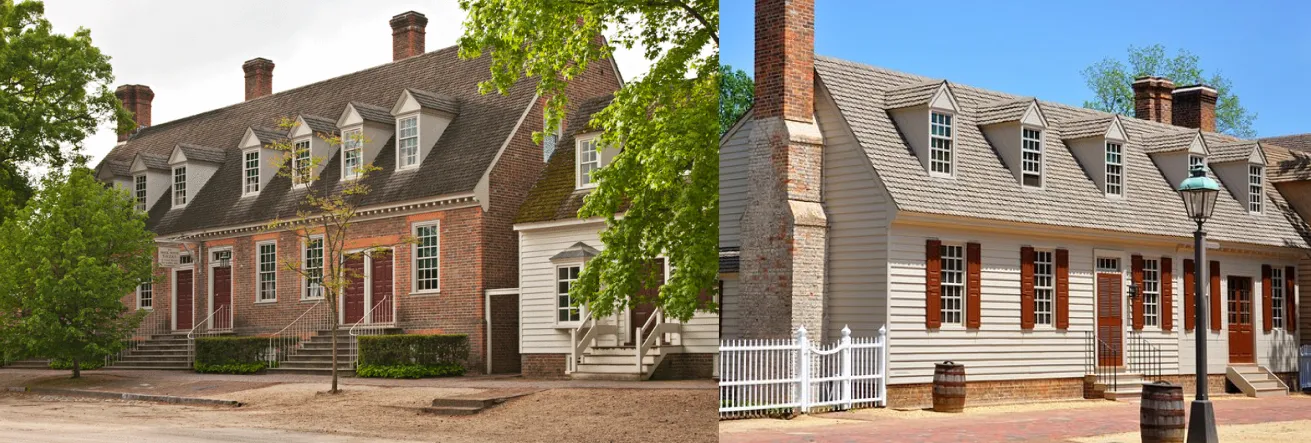
Defining Features of Colonial Revival Architecture
Symmetry, Proportion, and Classical Detailing
Colonial Revival buildings are characterized by their balanced facades, classical ornament, and references to 18th-century prototypes. Key features include:
- Symmetrical facades: Centered entrances, evenly spaced windows, and balanced proportions.
- Multi-pane windows with shutters: Double-hung sash windows, often with six-over-six or nine-over-nine panes.
- Classical entrance treatments: Pediments, pilasters, fanlights, and sidelights.
- Dormers and gabled roofs: Rooflines punctuated by dormer windows and brick chimneys.
- Brick or wood siding: High-quality materials, sometimes with Flemish bond brickwork or clapboard exteriors.
- Columned porches and porticos: Drawing on Georgian and Federal precedents.
Interior Features and Modern Adaptations
Colonial Revival interiors often feature central hallways, formal living and dining rooms, and classical woodwork. While early examples (1880–1945) were typically custom-designed with high-quality materials, post-World War II “Neo-Colonial” homes reflected mass production techniques, making the style accessible to the growing middle class.
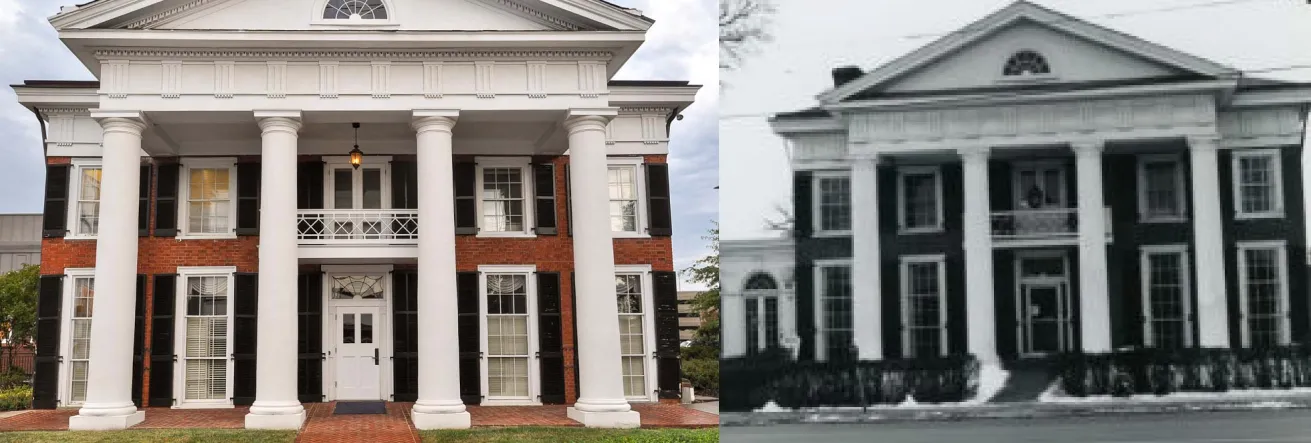
Iconic Examples of Colonial Revival Architecture in Virginia
Virginia is home to some of the nation’s most distinguished Colonial Revival buildings, many of which have become local landmarks. In Charlottesville and Albemarle County, several stand out for their architectural distinction and historical significance:
- Gallison Hall (Charlottesville, 1930s): Designed by Stanhope Johnson, this Colonial Revival showplace incorporates features from Westover, Stratford Hall, Shirley, and other historic Virginia homes.
- Patton Mansion (Charlottesville): A Jeffersonian/Colonial Revival residence built by the University of Virginia’s librarian.
- Clark Hall (Charlottesville, 1932): Early 20th-century Colonial Revival, home to the UVA Law School.
- Ednam (Albemarle County, 1905): Designed by D. Wiley Anderson, this grand Colonial Revival home features a stately portico and elaborate interiors.
- Pantops Farm (Albemarle County, 1938): Designed by Benjamin Charles Baker, this Colonial Revival estate features an asymmetrical but balanced plan and brick construction.
- Periwinkle Cottage (Albemarle County, 1938–39): Designed by Marshall Swain Wells, this Colonial Revival bungalow is modeled on the outbuildings at the Governor’s Palace in Williamsburg.
- Oakhurst-Gildersleeve Neighborhood (Charlottesville): Early 20th-century neighborhood where Colonial Revival prevails.

Colonial Revival in Public and Institutional Architecture
The Colonial Revival style was widely adopted for schools, churches, and government buildings in Virginia. The University of Virginia’s architecture school, founded in 1919, used Jefferson’s original campus as a laboratory for studying classical architecture, training generations of architects in Colonial Revival principles.
Clark Hall, Preston Court Apartments, and the UVA President’s House (Carr’s Hill) are prominent examples of Colonial Revival institutional architecture in Charlottesville.
Major Architects and Builders of the Colonial Revival Era

Key Figures in Virginia
Several architects and builders helped shape the Colonial Revival landscape in Virginia:
- Stanhope Johnson: Designed Gallison Hall and other Colonial Revival showplaces.
- Marshall Swain Wells: Known for Colonial Revival homes and renovations, including Periwinkle Cottage and the Farmington Clubhouse.
- D. Wiley Anderson: Designed Ednam and other prominent Colonial Revival residences.
- Benjamin Charles Baker: Designed Pantops Farm and Recoleta (Spanish Colonial Revival).
Legacy and Influence of Colonial Revival Architecture
Virginia’s “State Architecture”
By the mid-20th century, Colonial Revival had become “as close to a ‘state architecture style’ as any that may be said to exist in Virginia”. The style’s adaptability, timeless appeal, and association with American ideals made it the preferred choice for homes, schools, and public buildings across the state.
Preservation and Contemporary Relevance
Today, Colonial Revival homes are treasured for their beauty, craftsmanship, and historical significance. Whether restoring a 1920s mansion or designing a new home inspired by colonial precedents, the principles of symmetry, proportion, and classical detailing remain influential in Virginia architecture.
Commonwealth Contractors specializes in projects that honor and adapt these traditions for modern living, ensuring that Virginia’s architectural heritage endures for generations to come.
Restoring Colonial Revival Architecture in Virginia
Colonial Revival architecture in Virginia is more than a style, it is a celebration of the state’s history, values, and aspirations. Its balanced facades, classical details, and timeless appeal have shaped the state’s identity for over a century. The influence of Colonial Revival design can be seen in every subsequent movement, from Neo-Colonial to New Urbanism and beyond.
If you are considering restoring a historic home, building a new residence in the Colonial Revival tradition, or simply want to learn more about Virginia’s architectural heritage, Commonwealth Contractors offers unmatched expertise and a deep respect for the region’s history. Contact us today to discuss your project and discover how we can help you bring the timeless beauty of Colonial Revival architecture to life in your home.

.svg)
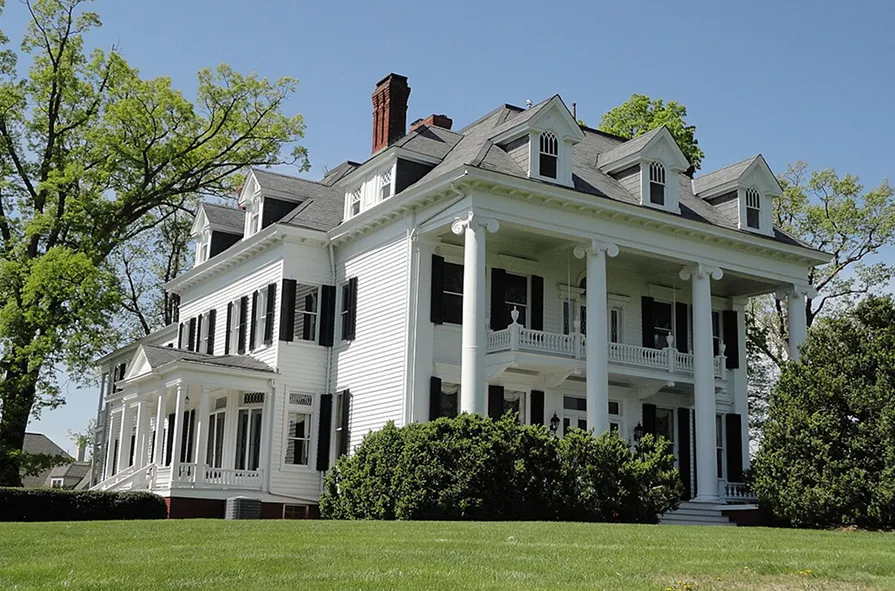

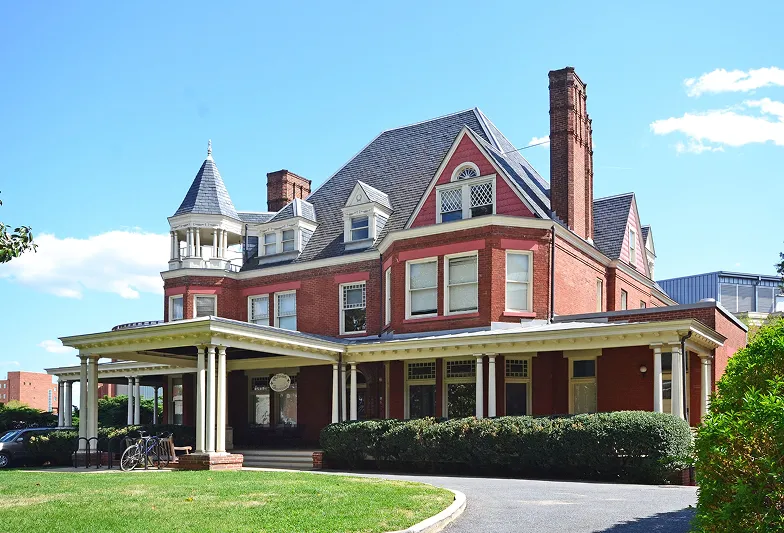
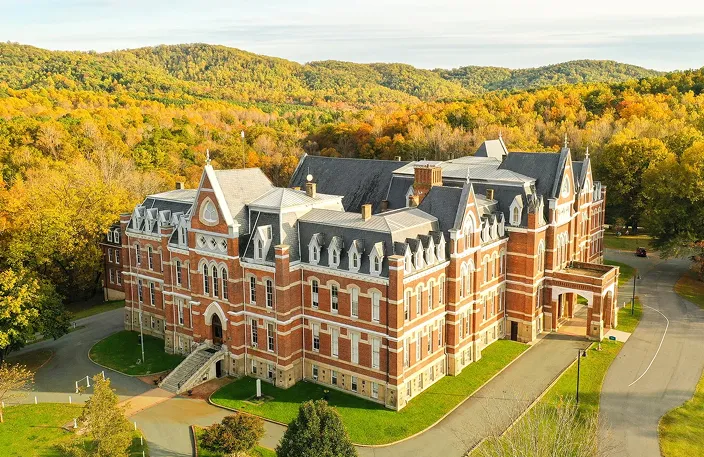
.webp)
.webp)
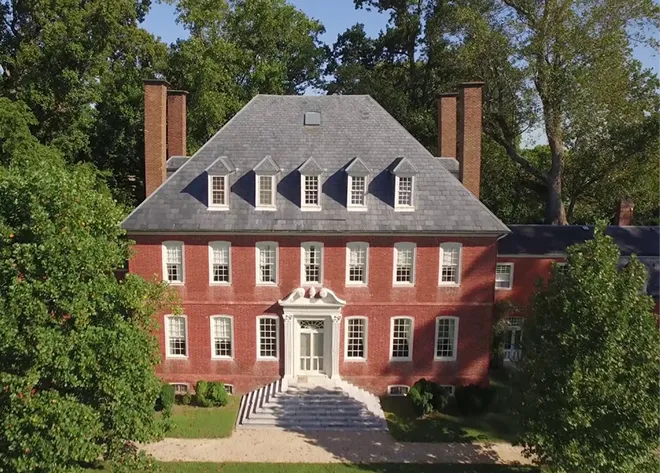
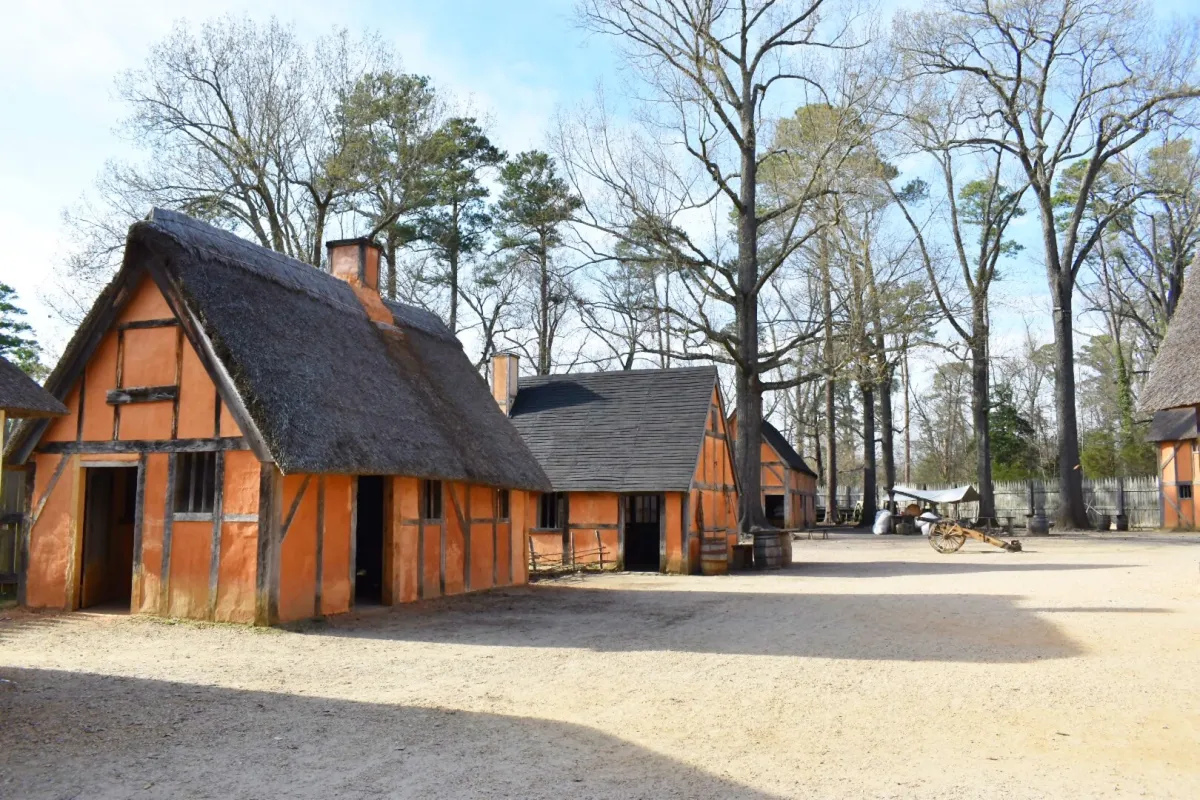
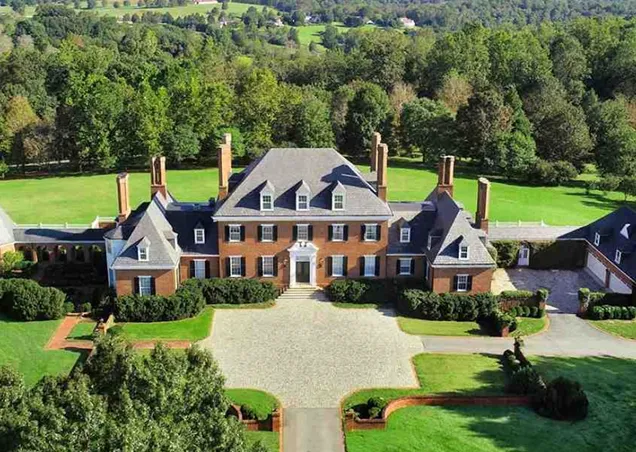
.webp)
.webp)











.webp)
.webp)

.webp)
.webp)
%2520(1).webp)
%2520(1).webp)
%2520(1).webp)

.webp)
.webp)
%2520(1).webp)
%2520(1).webp)

%2520(1).webp)
%2520(2).webp)

%2520(1).webp)
%2520(2).webp)
.webp)



.webp)
.webp)
%2520(2).webp)
.webp)
.webp)
%2520(1).webp)

.webp)
%2520(3)%2520(1).webp)
.webp)
%2520(1)%2520(1).webp)
.webp)
%2520(1).webp)
%2520(2)%2520(1).webp)